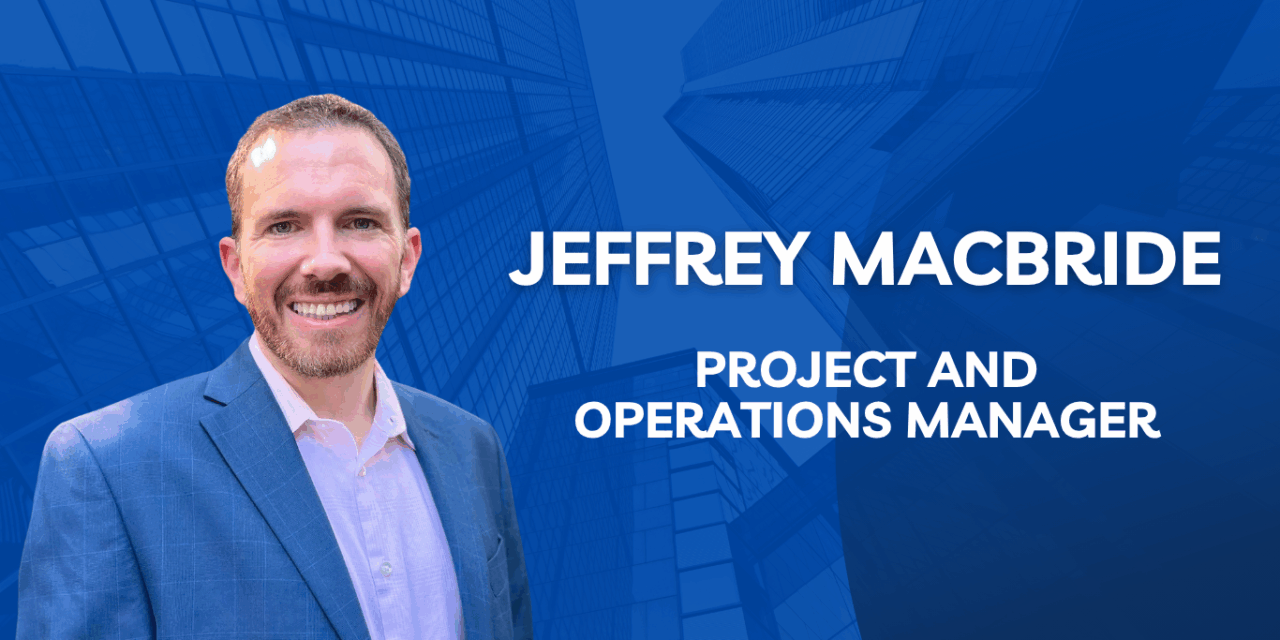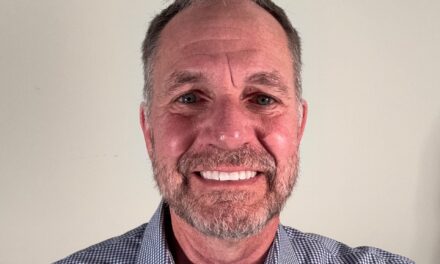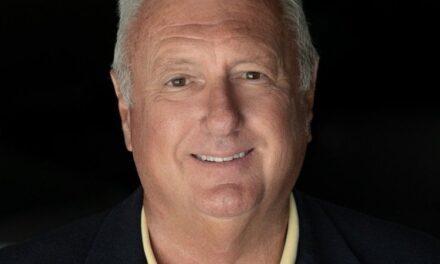Jeffrey MacBride is a highly experienced freelance project and operations manager with over 18 years of success across technology, consulting, education, and digital sectors. Holding certifications in PMP, Certified Scrum Master (CSM), Product Ownership, and Lean Six Sigma, he blends strategic foresight with detail-oriented execution to help businesses scale efficiently and sustainably.
Over the course of his career, Jeffrey has led numerous long-term client engagements, driving impactful business process optimizations that have significantly improved operations and project delivery. His contributions have resulted in a 95% on-time project completion rate, a 30% increase in team productivity, and revenue growth exceeding 250% in past roles. He has also revamped executive coaching programs, strengthened client engagement, and reduced delivery timelines across diverse industries.
In addition to his freelance and consulting work, Jeffrey has held prominent leadership positions, including serving as a Senior Program Manager for multi-million-dollar defense initiatives. He has implemented Agile frameworks, penetrated new market segments, and successfully led proposals for projects exceeding $100 million—contributing to substantial organizational growth within the defense sector.
Jeffrey holds a Master of Science in Engineering Management and Software Engineering from Drexel University, as well as a Bachelor of Science in Electrical and Computer Engineering from Rowan University. His cross-industry expertise, combined with a proven track record of delivering measurable business results, makes him a trusted partner in strategic project execution and operational transformation.
What inspired you to specialize in project and operations management?
Early in my career, I realized that many technically sound projects failed due to poor planning or weak execution. I wanted to be the person who could bridge that gap—someone who brought structure, clarity, and direction to complex efforts. My passion lies in creating systems that not only succeed but scale. Over time, I developed a deep appreciation for how process optimization and strategic oversight can transform an organization. That’s what drives me—helping companies execute smarter, move faster, and build long-term operational resilience in today’s fast-paced business environment.
How do you define efficiency in the context of your work?
Efficiency is often misunderstood as speed alone, but for me, it’s about intentionality. It’s about aligning every task with a strategic outcome and eliminating waste at every level—be it time, resources, or communication. When a team works efficiently, they know exactly what they’re doing and why it matters. I focus on building frameworks that maximize value and minimize friction. Whether I’m leading an Agile sprint or implementing Lean Six Sigma practices, I always ask: how do we do this better, smarter, and more purposefully? That’s what efficiency truly means in my projects.
What role does adaptability play in successful project execution?
Adaptability is critical. No project goes exactly as planned, so being able to pivot intelligently is what separates good managers from great ones. I rely on my dual expertise in Agile and Waterfall to adjust frameworks depending on the situation. I’ve led defense projects with rigid timelines and also worked in fast-moving startup environments. In both, adaptability allows me to maintain momentum without compromising outcomes. It also instills confidence in stakeholders, because they know their project won’t derail with every surprise. Staying calm, informed, and responsive is the foundation of successful, adaptable project leadership.
You’ve managed high-risk defense contracts—what’s your approach under pressure?
In high-risk environments, clarity, structure, and communication are everything. You don’t have the luxury of ambiguity. I build comprehensive plans that include risk mitigation strategies, clear accountability, and real-time reporting. Under pressure, I focus on facts, not fear. I’ve led defense projects where millions were on the line, and the key was always anticipating challenges before they became issues. My team and I operate like a well-oiled machine—every action is tracked, every change assessed. Staying calm and strategic ensures that even in the most high-stakes environments, we stay on track and deliver results.
How do you help companies build systems that scale?
Scaling requires repeatability, clarity, and control. I start by assessing where the inefficiencies and bottlenecks are, then I help companies establish governance through a Project Management Office (PMO) or similar structure. From there, we build frameworks, dashboards, and processes that allow teams to function autonomously but stay aligned with leadership. I focus on sustainability—equipping organizations with tools and training so they can manage growth effectively without needing constant intervention. Whether I’m working with a startup or a Fortune 500, the goal is the same: to embed systems that grow with the business.
What sets your consulting approach apart from others in your field?
I treat every client engagement as a partnership, not a transaction. My goal isn’t just to complete a project—it’s to leave the organization stronger than when I arrived. I bring a tailored, hands-on approach that blends strategic insight with operational execution. I’m also deeply invested in results. Clients work with me because I deliver measurable value—reduced costs, accelerated timelines, improved team efficiency. I’m also flexible, adapting to client culture and industry context while bringing in proven methodologies. My combination of strategic thinking, technical expertise, and people-focused leadership is what sets me apart.
How do your certifications support your project leadership?
My certifications—Certified Scrum Master, Product Owner, and Lean Six Sigma—equip me with both strategic and tactical tools. They’re not just badges; they represent frameworks I actively use. In Agile environments, I can facilitate sprints, manage backlogs, and guide product development with clarity. Lean Six Sigma allows me to identify waste and streamline operations. These certifications show clients I’m serious about standards, but they also give me the versatility to adapt to different organizational needs. They reinforce my credibility and ensure I’m always applying industry best practices to deliver consistent, high-quality outcomes.
How do you ensure financial oversight without stifling innovation?
Financial oversight and innovation are not mutually exclusive—in fact, they should work together. My approach is to set clear financial boundaries early, align them with project goals, and then empower teams to innovate within that structure. I use financial dashboards, KPIs, and forecasting tools to track performance without micromanaging. When everyone understands the cost implications of their decisions, they make smarter choices. I’ve managed multi-million-dollar budgets where this balance was key to success. Strategic financial oversight enables innovation by removing waste and allocating resources where they’ll have the greatest impact.
What’s your proudest achievement as a project and operations manager?
One project that stands out is leading a $100M+ defense initiative where we delivered ahead of schedule and under budget. The complexity was immense—multiple stakeholders, shifting priorities, and high regulatory oversight. I built a cross-functional team, implemented Agile elements within a structured framework, and introduced a real-time reporting system that improved communication across all levels. The project not only met its goals but set new benchmarks for efficiency. That success wasn’t just about deliverables; it was about leadership, planning, and building a system that others could replicate. That’s the kind of impact I strive for.
What advice would you give to businesses looking to transform their operations?
Start with clarity. Know your objectives, your constraints, and your stakeholders’ needs. Too often, companies rush into transformation without a clear roadmap. I recommend aligning leadership first, then assessing current workflows and capabilities. Bring in external expertise when needed—not to do the work for you, but to guide you in doing it right. Focus on scalability and sustainability, not just speed. Most importantly, listen to your people. Operational success is built on team alignment, not top-down mandates. Transformation is not just about tools or processes—it’s about creating a culture that can evolve and thrive.




